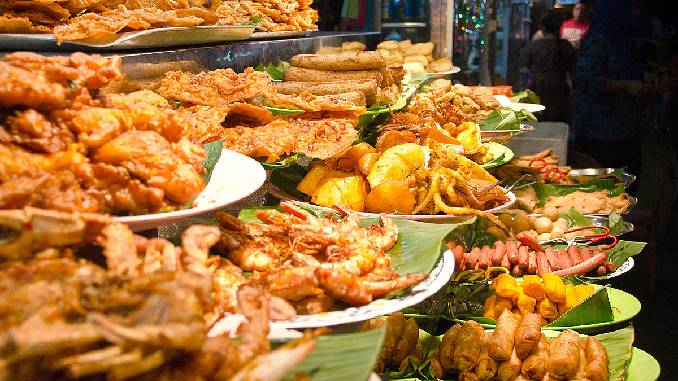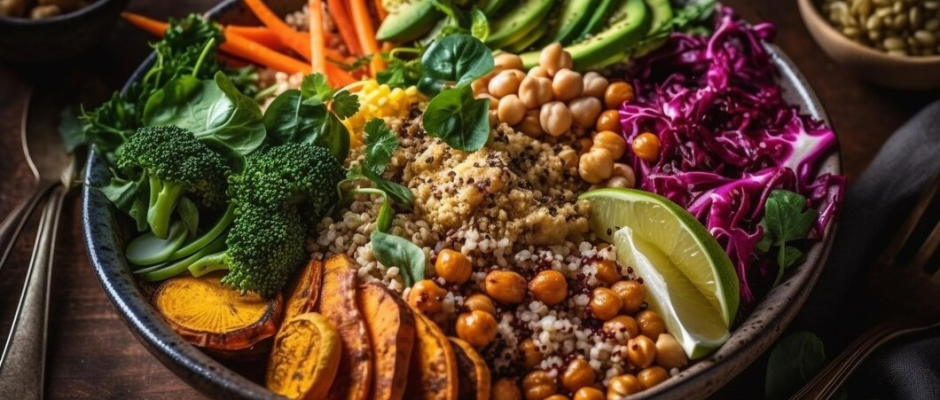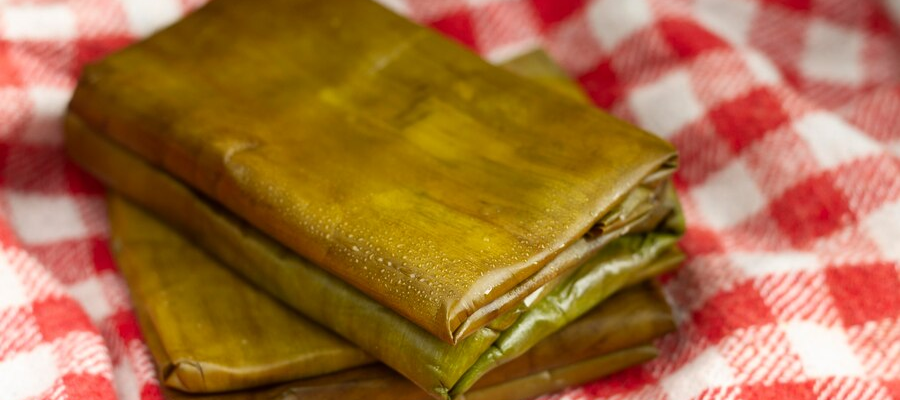Your Ultimate Guide to Night Life in Chennai!
Namma Chennai, Namma Night Night Life in Chennai is a subtle concept. The city is always looked up as a hub of cultural heritage and immaculate architecture. But do you know that even if Chennai might not be known as the party capital, the city harbours a vibrant, nonchalant, and nocturnal soul that comes alive when the sun sets down and the lights are out? Yes, you are right. Chennai has one of the best and low-cost nightlives where you can enjoy and explore the city more exquisitely. The city has a vibrant after-hours persona, which is unknown to most tourists and even to many locals. It’s time to discover it. In this blog, we will explore Chennai from the midnight marina walk to 24/7 food spots. This guide will lead you to experience nightlife that you have never heard before. Table of Contents When the City Transforms When the evening sea breeze sweeps through the streets and the last local trains wind down, that’s when the magic begins. A whole different and fun side of Chennai emerges when the massive crowds at T. Nagar disperse and workers head home from OMR’s glass towers. Our first stop is Marina Beach. Forget about the beaches of Pondicherry. Marina has its own aura. The beach is usually bustled with tourists and families, who arrive before dawn and stay longer after sunset. Try a Kulfi around Nagaraj Anna’s legendary Kulfi Stall, an institution that has been serving late-night sweet cravings for decades. And in no time, you’ll find yourself with a small group having fun. The place comes alive in a special way after dark. Every night, people from all walks of life, including some well-known celebrities drop by for a midnight snack. While their kulfi is a favorite late-night treat, what makes this place truly special are the stories that unfold here. Whether you’re a regular visitor or just passing through, you’ll find yourself part of the restaurant’s friendly late-night community. It’s become a beloved spot for anyone looking for good food and warm company during Chennai’s quiet midnight hours. Now that we are talking about beaches, After Marina Beach we have Thiruvanmiyur Beach. Like the Marina, you can also visit this beautiful and refreshing beach after midnight. The Beach remains crowded till late at night and if you’re craving for a drink then you might spot groups of friends sharing conversations over Moor Thatha’s famous Buttermilk, a drink that is the bestseller among night owls. The store Moor Thatha which translates to Buttermilk Grandpa has been serving his special blend for over 30 years. The Food Trail That Never Sleeps Do you know that Chennai is a city that refuses to sleep hungry? Street Food isn’t just about food; it’s also about the overall experience. Are you aware of delicious late-night buns and jam? You can savour tasty and iconic Bilal’s Bun-Butter-Jam in a satisfying midnight snack at Mount Road. It is claimed by the locals that the recipe for this iconic late-night snack has remained unchanged for decades. Talk about the special blend! The OMR isn’t just an IT corridor; it’s a 24/7 food paradise. Here you will find street food specially curated according to the taste of people who work late. It’s a hub, unlike the street food of other cities. Here, you will find varieties in street food, from traditional Tamil cuisine to Korean food trucks. One of the popular street dishes is the unnamed kadai near TIDEL Park which serves the best midnight Dosas. One of the best hangout scenes at midnight in Chennai is ECR. ECR has some legitimate and police-approved late-night hangout scenes. It’s best if you are craving for some authentic late-night cuisines like Ivalo Periyar Tandoori Fish, Marina Beach Fish Fry, Crab Soup, and Prawn Masala. It is made from seafood caught the same evening. Following the food trail, if you care to take a picture of two, or even conduct a professional session in the dark of the night, then move a little further down from ECR to Muttukadu Bridge. It has become a popular hangout amongst several photographers, and it’s quite peaceful and serene. You can spend the nonchalant midnight under the stars at the bridge until 4:30 AM. Yet, if you prefer fewer crowds than the main beaches, then why not transport yourself to a beach of tranquility that is the Neelankarai Beach Front. The best time to drop in is between 11 PM and 3 AM. Here you’ll find fewer crowds than the main beaches, better maintainence and safety as the police patrol regularly. If you are travelling for the first time and want to explore and know deep about the nightlife of Chennai, then around 4 AM you’ll notice a slight shift in the city’s energy. You can move to the classic Ratna Cafe for the first batch of filter coffee brews. For an authentic taste of Chennai’s culinary heritage, begin your day at this historic Ratna Cafe. Established in 1948, this landmark restaurant continues to serve its legendary sambar idli from 6 AM, following time-honoured recipes that have remained unchanged. Those seeking an alternative can venture to the celebrated Rayar Mess, which welcomes early risers from 6:30 AM Beyond the Obvious Now that we have talked about beaches, bridges, and street food, let me tell you about Velachery, a true local secret. This exquisite place hosts a 3 AM Dosa spot near Zaitoon that is unknown to even many locals. Likewise, Koyambedu Bus Stand is also a spectacular option as there is a 24/7 scene and is beyond just a transport hub. Many local pharmacies and tiny tea shops are open. Apart from this, Chennai also has cultural spaces like Kalakshetra and Music Academy, which host performances by Sabhas that go until midnight. These are a few places where the soul of Chennai resides and brightens at midnight and is different from typical nightlife venues. Making the Most of Chennai Nights If you ever thought









